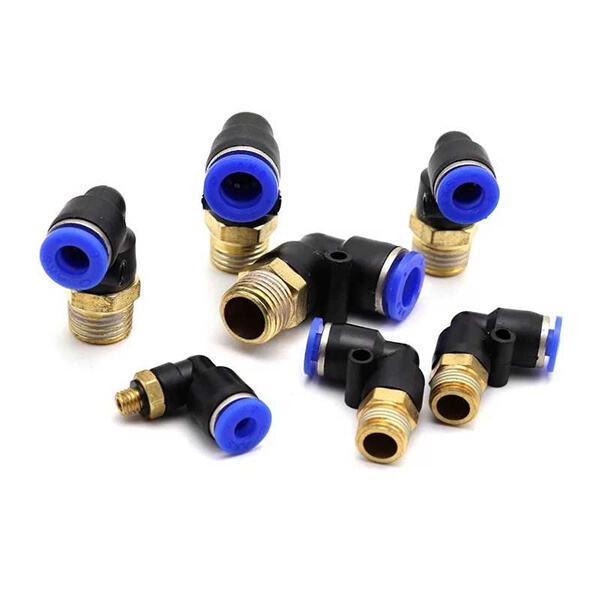Tel: +86-577 61727673
Email: [email protected]
Tel: +86-577 61727673
Email: [email protected]
If you’ve ever solved a puzzle piece that links two pipes together on an angle, you’ve probably piggybacked on a design that’s effectively similar to something known as a pneumatic elbow fitting. These fittings act like magic connectors that ensure air can flow nicely from one pipe to the next in machines and tools.
Pneumatic elbow fittings are little pieces with big responsibilities in making machines operate the way they’re supposed to. Because they ensure that everything runs smoothly, they’re the superheroes of machines. These fittings are constructed of sturdy materials such as metal or plastic and are engineered to withstand high pressure from the air flowing through them.
A: CHYF pneumatic elbow fittings are used in several industries because they keep machines in top shape and optimal operating condition. These fittings are simple to install and remove, so maintenance is easy. They also cut down on the risk of leaks, which can lead to machines’ not functioning. Contrarily, pneumatic elbow fittings can allow you to save across the board.

For your information, there are different kinds of pneumatic elbow fittings and each is used for different purposes. For instance, you may find 90-degree elbow fittings to be the perfect solution for tight spaces in which pipes need to change direction. There are also 45-degree elbow fittings which are used for creating mild bends in pipes. Regardless of whether it is a standing fitting that is a fitting nut required to be installed perpendicular to the machine or throttle on a bracket, fittings play a crucial role in making machines functional and effective.

3 Steps to Learn and Follow when Installing Pneumatic Elbow Fittings You may think that installing pneumatic elbow fittings can be so confusing, but it does not have to be. First, be sure to clean the pipes and fittings prior to assembly so no dirt or debris get in the pipes and fittings. Now. put a little bit of lube on the fitting threads and the job will be faster! Last of all, tighten the fittings with a wrench, taking care not to overtighten.

And occasionally a pneumatic elbow fitting will encounter problems that can wreak havoc on machine functions. If it’s leaking it’s probably just a matter of tightening things up; sometimes fittings are just a bit too loose. If the air pressure feels low, that’s a potential sign of clogs in the fittings, which can be cleaned. You can troubleshoot these typical problems when it's more manageable to avoid machines running below-par.